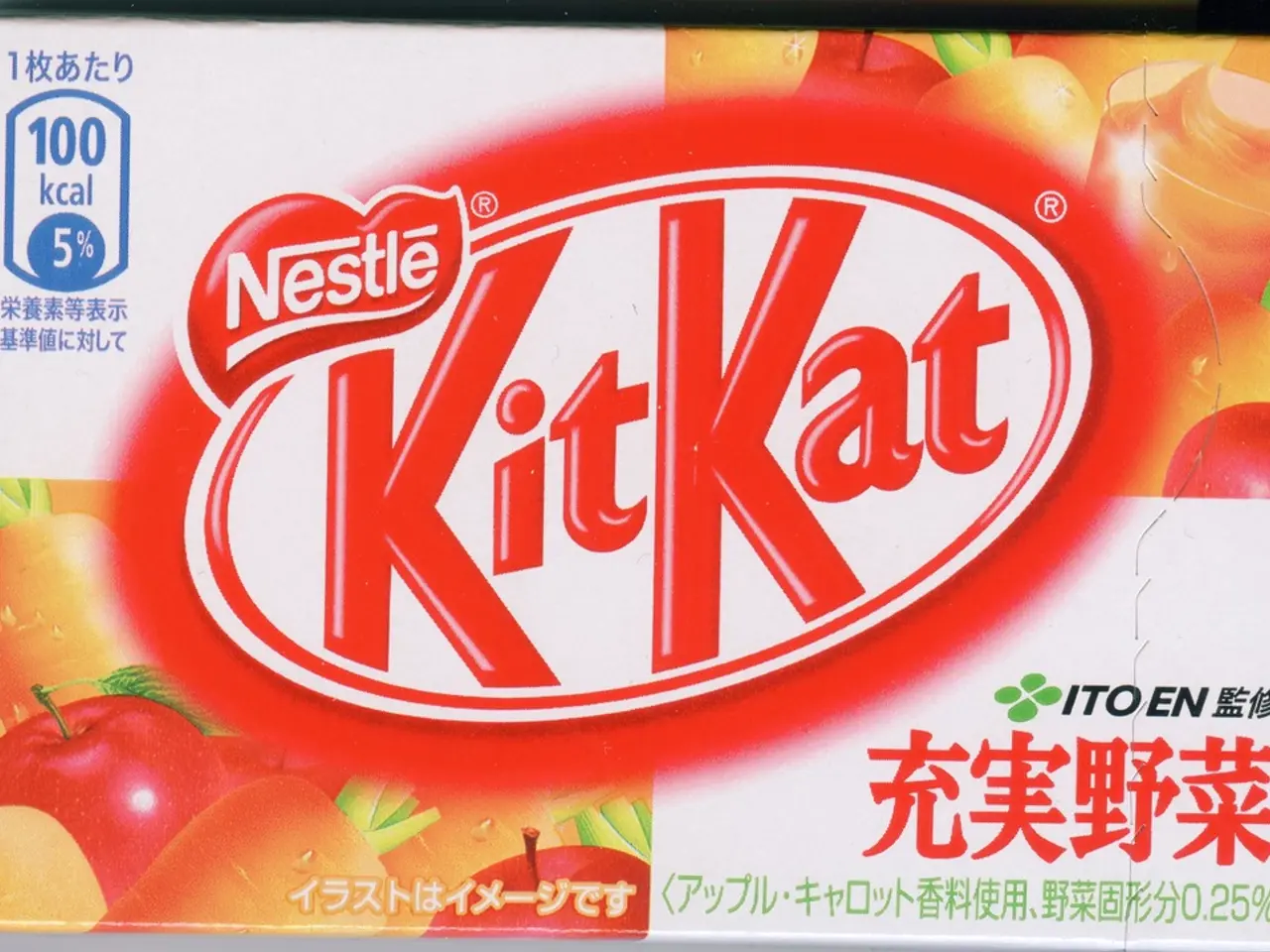Regimen for Shaping Abdominals: Incorporate These Foods and Shun These
In the quest for defined abs, a combination of a balanced diet and targeted exercises is key. Here's a breakdown of how you can work towards achieving that coveted six-pack.
For starters, a healthy diet is essential. Aim for a diet rich in fruits, vegetables, lean proteins, high fiber carbohydrates, and healthy fats. These nutrient-dense foods will not only provide the energy you need for your workouts but also contribute to optimal ab definition results.
To create a calorie deficit, which is crucial for defining abs, you should consume fewer calories than your body burns. Aim for a 10-20% calorie deficit by focusing on whole foods, lean proteins (like chicken, turkey, eggs, beef), complex carbohydrates (such as vegetables and whole grains), and healthy fats (like nuts and olive oil). Avoid processed foods and added sugars to reduce excess calorie intake while maintaining muscle mass.
When it comes to exercise, a mix of moderate-intensity cardio and High-Intensity Interval Training (HIIT) is recommended. Moderate-intensity cardio activities like running, cycling, or brisk walking should be performed 3-5 times weekly, while HIIT can be particularly good at burning fat. Incorporating strength training exercises 3-5 times per week, focusing on compound movements (squats, deadlifts, push-ups) and targeted core workouts (planks, Russian twists, leg raises), will help build lean muscle, increase metabolism, and tone the abdominal area.
Specific core exercises like the side plank variant can work the obliques, while exercises like bicycle crunches are good for building the rectus abdominis and obliques. The plank hold exercise, on the other hand, is excellent for building the transverse abdominis, which provides stability and strength to the torso.
Remember, adults should perform 150-300 minutes of moderate-intensity exercise or 75-150 minutes of vigorous-intensity aerobic activity each week. Additionally, adults should perform muscle-strengthening activities involving major muscle groups, including the abdomen, on two or more days a week.
Lastly, a low sodium diet may help with abdominal definition and reduce gastrointestinal bloating, according to a 2019 study.
So, by adopting a clean, balanced diet with a 10-20% calorie deficit alongside regular cardio and strength training—including specific core exercises—you'll be on your way to reducing body fat and revealing defined abs over time.
- Ankylosing spondylitis, a type of arthritis, might not directly improve your abs, but maintaining a healthy diet and regular exercise can help manage its symptoms.
- A psoriatic arthritis sufferer may find weight loss beneficial as it relieves stress on the joints; choose a balanced diet rich in foods like lean proteins and vegetables.
- When dealing with depression, a balanced diet, coupled with food and food benefits, can boost mood and energy levels, facilitating motivation for exercise, essential for weight loss and ab definition.
- Bipolar individuals who take control of their mental health through medication and therapy can concurrently target physical health by adopting a healthy diet, promoting weight loss and tissue repair during depression and manic phases.
- Asthma-friendly food options should not be neglected when aiming for defined abs; incorporating foods like fish, fiber-rich fruits, and vegetables eases asthma symptoms while meeting nutritional needs for better workout performance.
- Other nutrition considerations for athletes involved in sports, fitness-and-exercise, and health-and-wellness activities include adequate carbohydrate consumption for energy, and fluids before, during, and after workouts.
- Science has shown the predictive value of a high-calorie, low-nutrition diet in aggravating health concerns, such as obesity and heart disease, placing greater emphasis on proper nutrition, not just weight loss, for overall well-being.
- Weight-management programs often include regular fitness-and-exercise routines along with healthy eating plans to help individuals reach and maintain a healthy weight, improving ab definition and overall body composition.
- A study in 2019 indicated a low-sodium diet could contribute to abdominal definition, thanks to reduced gastrointestinal bloating that showcases muscle definition more clearly.
- Monitoring food intake, ongoing nutrition, and fitness-and-exercise progress is vital for success in your quest for defined abs; consider apps, wearable devices, or enlisting the help of a dietitian or fitness professional.
- Remember that abdominal definition is just one aspect of overall health and well-being; nurturing a healthy lifestyle that includes an optimal diet, regular exercise, and other nutrition choices promotes all-around health and enhances longevity.




